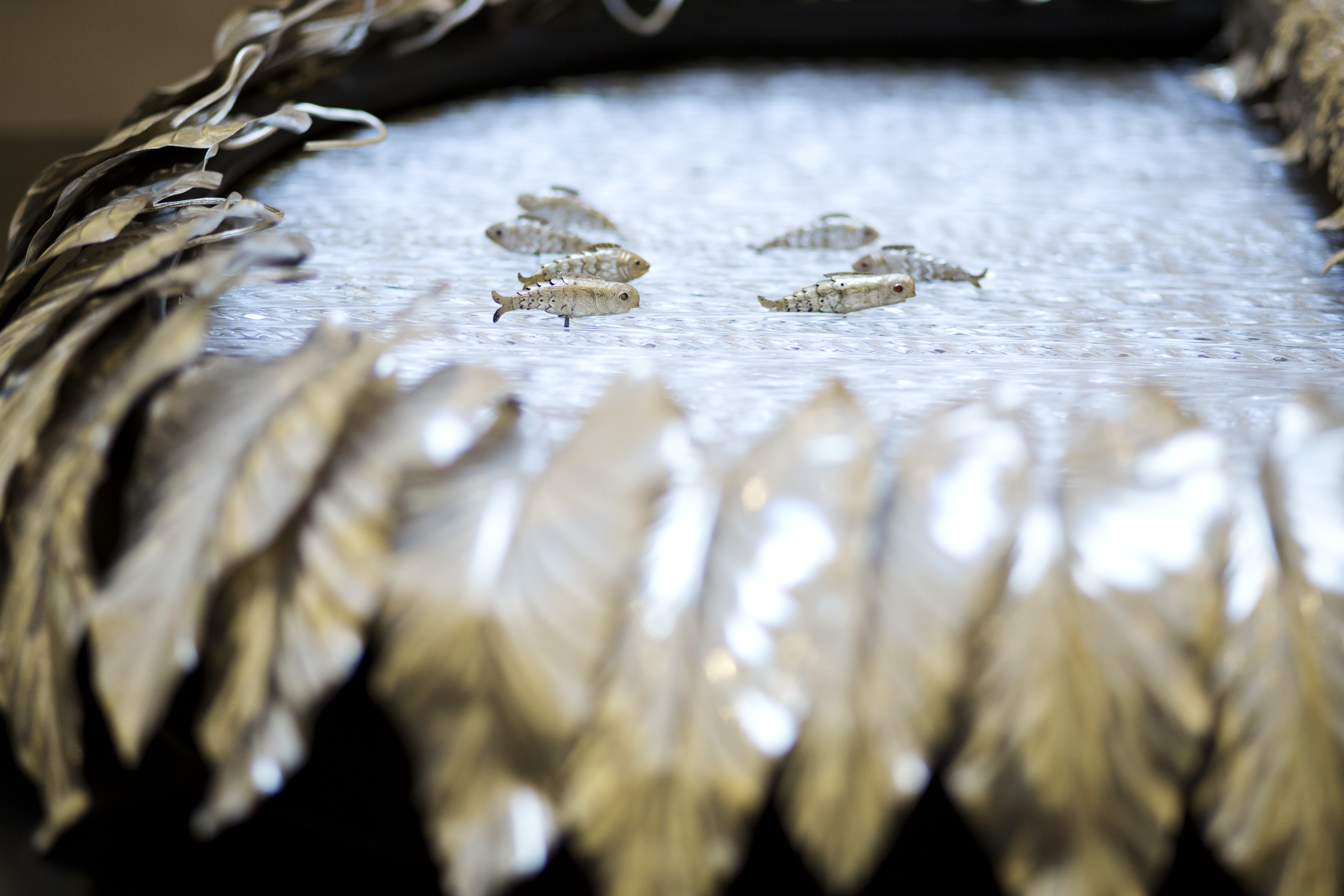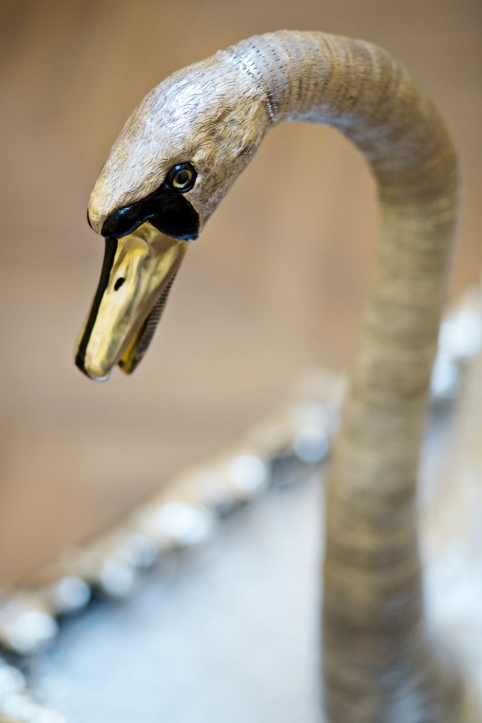NEED A GREAT, EXPERIENCED ENGLISH TEACHER OR PERSONAL TUTOR? Contact Teacher Jack!
[Convenient New Feature: ARCHIVE of All Articles]
CLOCKWORK SILVER SWAN IS A MECHANICAL MARVEL
Created in 1774 to impress royalty and their guests, the Silver Swan automaton remains an impressively intricate mechanical wonder that continues to delight audiences.
The Silver Swan is one of the most famous automatons in history. It was put together at the Mechanical Museum of James Cox, a London jeweler and 18th-century entrepreneur, and it uses an internal mechanism designed by inventor John Joseph Merlin.
The worked silver body of the swan conceals three clockwork mechanisms that control a music box, a “pool” of rotating glass rods with “swimming” silver fish, and the life-like movements of the majestic bird’s neck and head.
Seeing the Silver Swan in action, it is easy to forget that this mesmerizing mechanical marvel is 250 years old.
When the clockwork is wound, the music box plays, and glass rods rotate giving the illusion of flowing water. The swan turns its head from side to side. After a few moments, the swan notices the swimming fish and bends down to catch and eat one. The swan's head then returns to the upright position, and the performance, which lasts about 32 seconds, is over.
Nineteenth-century American author Mark Twain saw the Swan in Paris on one of his trips to Europe. He remembered his fascination with it: “I watched the Silver Swan, which had a living grace about his movement and a living intelligence in his eyes. I watched him swimming about as comfortably and unconcernedly as if he had been born in a marsh instead of a jeweler’s shop. He would seize a silver fish from under the water and hold up his head and go through the customary and elaborate motions of swallowing it.”
The sterling-silver-covered swan weighs between 25 and 30 kilograms (55 – 66 lbs) and has more than 700 components, not counting screws and other fittings. It also features 99 silver, surrounding stream leaves.
The Silver Swan was a star attraction at the 1867 Paris International Exhibition, where its life-like movements and astronomical price tag – 50,000 French francs (over USD$200,000, in today’s money) – left the visitors amazed.
Five years later, collectors John and Josephine Bowes were able to buy it for a tenth of its original price and add it to their namesake museum.
To this day, the incredible automaton remains the star of the Bowes Museum in Durham, but it is starting to show its age. Media reports say that the Silver Swan is in great need of expensive restoration and is currently more of a sculpture than an automaton.
“It does work, but when it moves, the neck has to be supported,” Curator Vicky Sturrs said, adding that the museum is optimistic that it will find the money required to repair this incredible piece of old technology.
Our advice: go see the Silver Swan ASAP, before its neck falls off. A headless mechanical swan might give the kids nightmares.
LEARNING TOOLS
English questions about this article or about English in general?
Ask Teacher Jack at: asktjack1@gmail.com
CHECK OUT OUR OTHER PAGES:
Facebook: Full Spectrum English Tutor Teacher Jack
ALWAYS SOMETHING NEW AT
Offbeat English
https://linggle-offbeatenglish.blogspot.com/
COME BACK SOON!
https://external-content.duckduckgo.com/iu/?u=https%3A%2F%2Ftse1.mm.bing.net%2Fth%3Fid%3DOIP.nBbtebYD2WqRwXvIoJoeEQHaFj%26pid%3DApi&f=1&ipt=7d4b03092059d771757bfeeff87977b58864871b472a2603206b99507821ff5a&ipo=images
https://thebowesmuseum.files.wordpress.com/2019/01/img_5741-1.jpg?w=482
https://thebowesmuseum.files.wordpress.com/2019/01/img_5737-1.jpg
https://thebowesmuseum.files.wordpress.com/2019/01/img_5737-1.jpg

